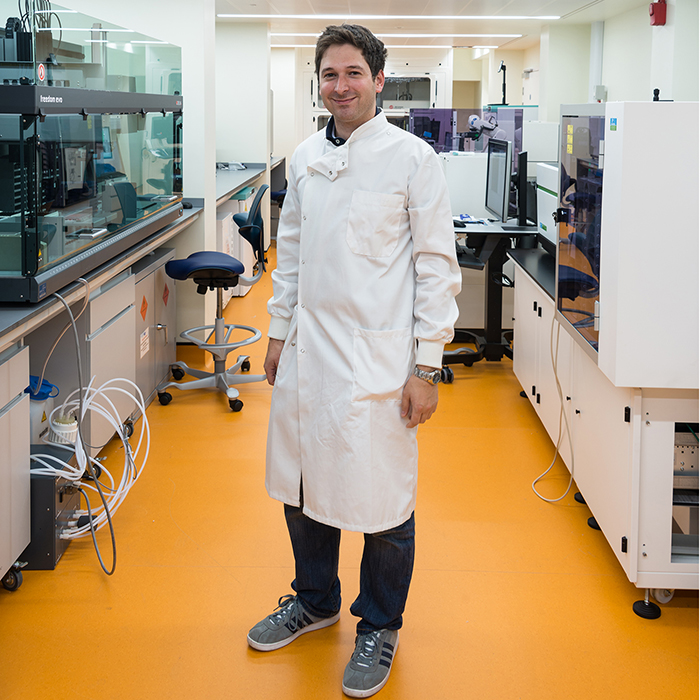Alex Agrotis on his recent publication examining ATG4 isoform redundancy in autophagy
We've asked Alex Agrotis from the Ketteler Lab to tell us about his recent publication in Autophagy.
What were you trying to understand?
Autophagy means 'self-eating'. It is the process by which cells create small vesicles called autophagosomes to engulf and digest their own contents. This allows cells to remove damaged components and also help them survive under starvation conditions, by providing new sources of energy and nutrients. My work tries to understand the function of a particular set of genes involved in autophagy - the ATG4 proteases. Simple organisms such as yeast have just one ATG4 gene that is essential for autophagy. Humans, however, have four ATG4 genes. I have tried to understand why, and what the difference between them is.
Why is your research important?
Since autophagy keeps our cells healthy, a decline in autophagy could potentially contribute to certain diseases such as neurodegeneration. It has been suggested by other scientists that ATG4 proteins could be targeted using drugs to modulate autophagy therapeutically. Therefore it is crucial to have a solid understanding of how the different ATG4 proteins normally function in human cells.
What discoveries have led you to your current work?
Firstly, the Nobel prize winning research led by Yoshinori Ohsumi that used yeast to discover the genes that are essential for autophagy, including ATG4. More recently: the development of CRISPR-Cas9 genome editing technology, which has provided scientists (including me) with more efficient tools to study gene function in mammalian cells.
What model system/techniques did you use?
All of my work is done using human cancer cells. These have the advantage of being unlimited in supply and easy to grow. In these cells, I have genetically modified the different ATG4 genes using CRISPR-Cas9 to prevent these genes from working. This allows me to understand what happens to autophagy when different combinations of ATG4s are missing. My experiments involve biochemistry, a lot of western blotting to detect proteins, and confocal microscopy to look at proteins within cells. I also used electron microscopy, which has the resolution necessary to see the fine double-membrane structure of autophagosomes that are no wider than 1/1000th of a millimeter.
What has been your most exciting discovery?
Although not quite as impressive as splitting the atom or cloning the first sheep - it was exciting to find out that human cells lacking the two main ATG4 genes (ATG4A and B) could still do some form of autophagy. This meant that remaining ATG4 genes (C and D) were actually doing something by themselves, which was not known or appreciated before.
What’s next?
We think that ATG4 genes might be functioning in different cellular pathways other than autophagy. The cells and techniques I developed during my PhD will hopefully be the perfect tools to study this further.
Link to Alex's publication here.
Written by Alex Agrotis
 Close
Close


